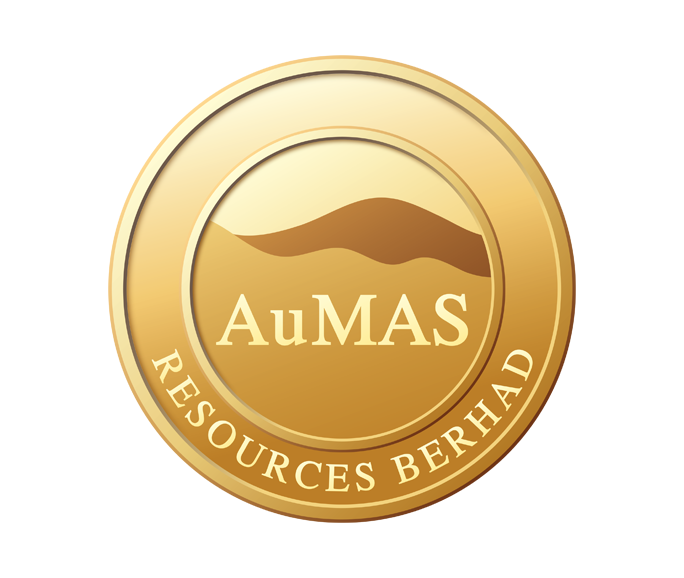Mine Operations
Our gold deposits start from the surface of an initial pit in Bukit Mantri and the adjacent 2 new pits in Bukit Panjang and Bukit Botak. We are using surface mining techniques by digging into the earth’s surface one layer at a time because the ore bodies are relatively shallow.

